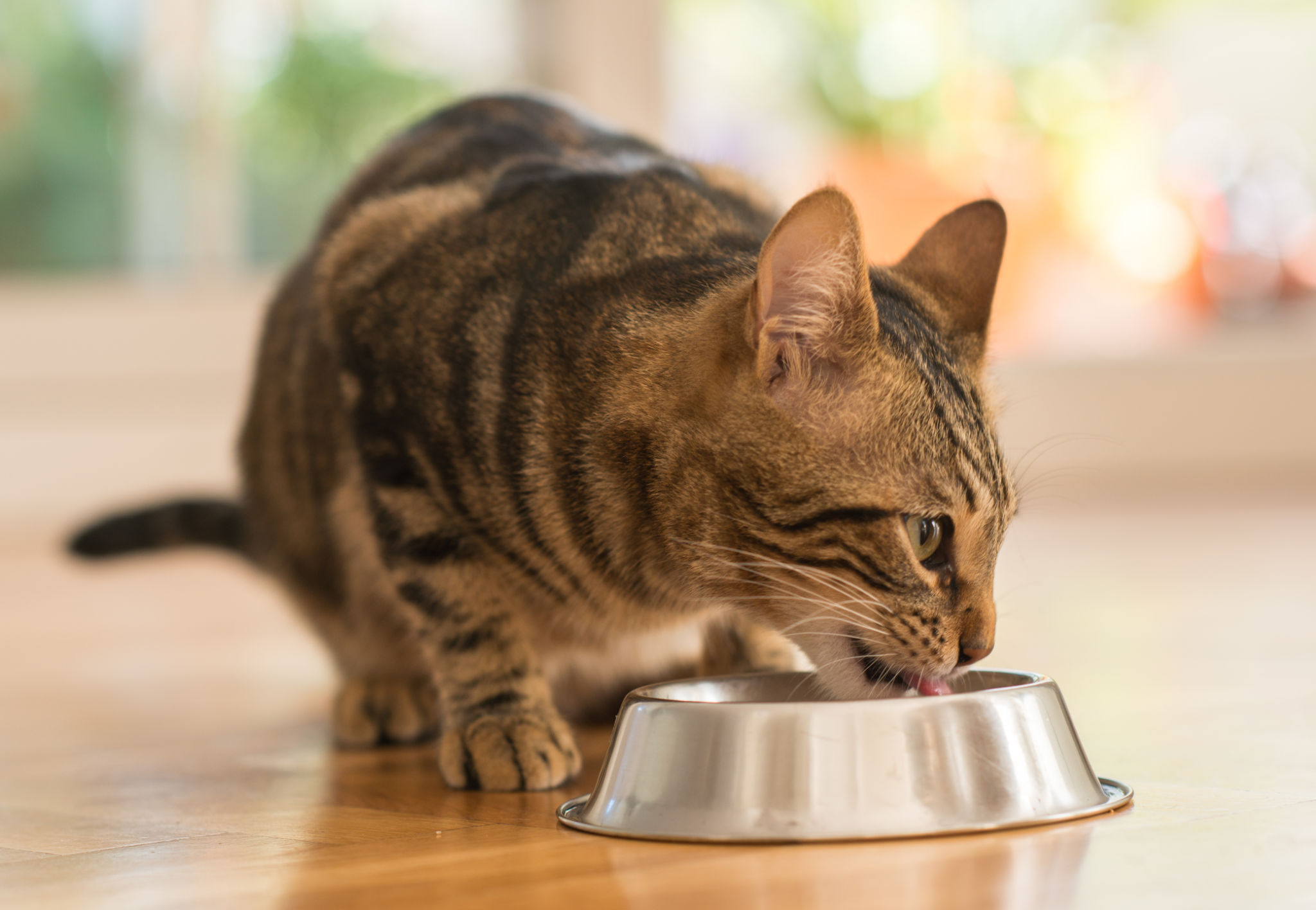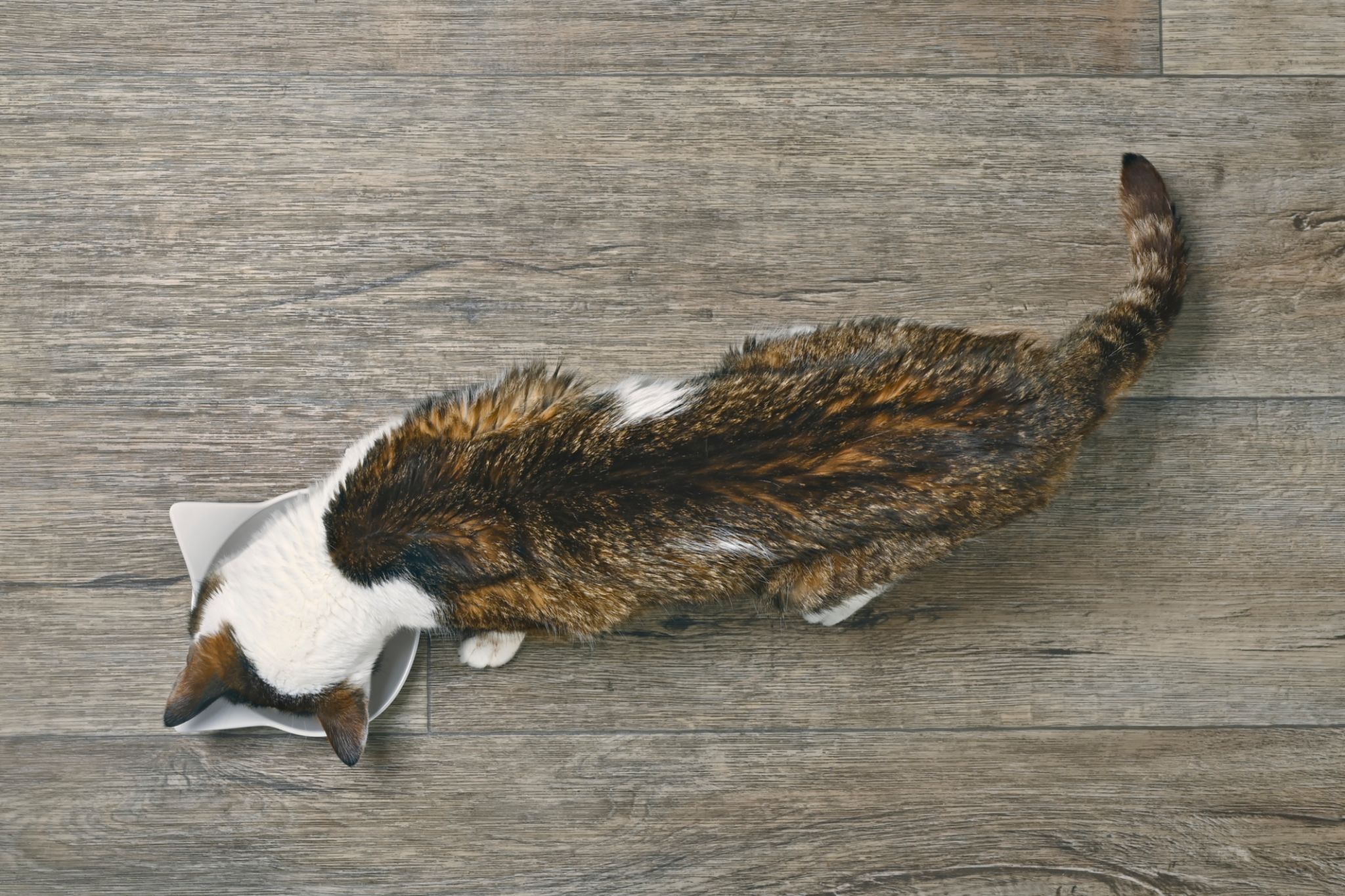Quick Cat Health Check at Home
Quick Cat Health Check at Home
Learn how to check your cat’s health at home by examining their fur, eyes, ears, gums, appetite, and behaviour. Simple tips from a feline behaviourist & nutritionist.
Cats are naturally good at hiding illness. By the time obvious symptoms appear, the condition may already be advanced. The good news? With a few simple health checks at home, you can spot early warning signs and keep your cat healthy, happy, and comfortable.
In this guide, we’ll cover the essentials: fur, eyes, ears, appetite, gums, and behaviour — plus when to seek veterinary help.

1. Check Your Cat’s Fur & Skin ✨
Healthy sign: Smooth, glossy, clean fur with no dandruff.
Warning sign: Bald patches, flaky skin, fleas, or sudden excessive shedding.
➡️ Regular grooming not only keeps the coat healthy but also helps you notice any unusual changes.
2. Examine the Eyes 👀
Healthy sign: Clear, bright eyes free of discharge.
Warning sign: Redness, cloudiness, squinting, or watery eyes.
➡️ Eye problems can quickly worsen in cats, so any abnormality is worth a vet visit.

3. Inspect the Ears 👂
Healthy sign: Pale pink inside, minimal wax, no smell.
Warning sign: Strong odor, dark wax, frequent scratching, or head shaking.
➡️ These can point to ear mites, yeast infections, or bacterial issues.
4. Monitor Appetite & Weight 🍽️
Healthy sign: Stable appetite and body weight.
Warning sign: Sudden loss of appetite, overeating, vomiting, or unexplained weight changes.
➡️ Appetite is one of the clearest indicators of cat health. A change lasting more than 24 hours needs attention.

5. Look at Gums & Teeth 🦷
Healthy sign: Pink, moist gums and clean teeth.
Warning sign: Bad breath, bleeding gums, yellow tartar, or difficulty eating.
➡️ Dental disease is extremely common in cats and can affect overall health.
6. Observe Behaviour & Energy 🐾
Healthy sign: Alert, playful, and consistent behaviour.
Warning sign: Hiding, avoiding touch, sudden aggression, or lethargy.
➡️ Behavioural changes are often the first clue that something is wrong.

7. Why Home Health Checks Matter
Cats can’t tell us when they feel unwell — so it’s up to us to notice the small changes. Regular health checks help you:
Catch problems early
Prevent more serious conditions
Support your cat’s long-term wellbeing
Of course, these checks are not a substitute for veterinary care. Always contact your vet if you notice something unusual.
🧡 Martyna
Feline Behaviourist & Nutritionist
Founder of CatZone